Many historic artifacts are official records or grand monuments, but some of the most fascinating pieces are personal items that people never expected to outlast them. These belongings often stayed in private hands or were stored until someone realized their value.
Today, they sit in museums and archives with a clear link to their owners. Here are some remarkable objects that survived decades or even centuries.
George Washington’s Dentures
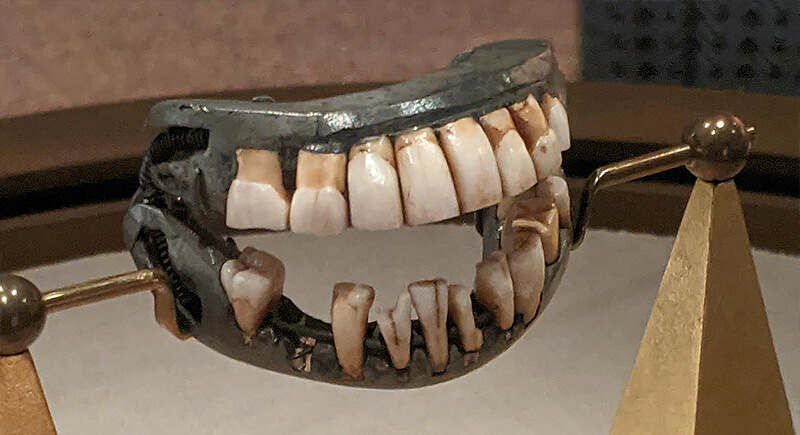
These dentures were made with ivory, human teeth, and metal. The details are striking, especially the small screws holding them together. Washington wore them during his presidency to maintain his public appearance. The set is currently displayed at Mount Vernon, where visitors study the intricate construction.
Jane Austen’s Writing Table
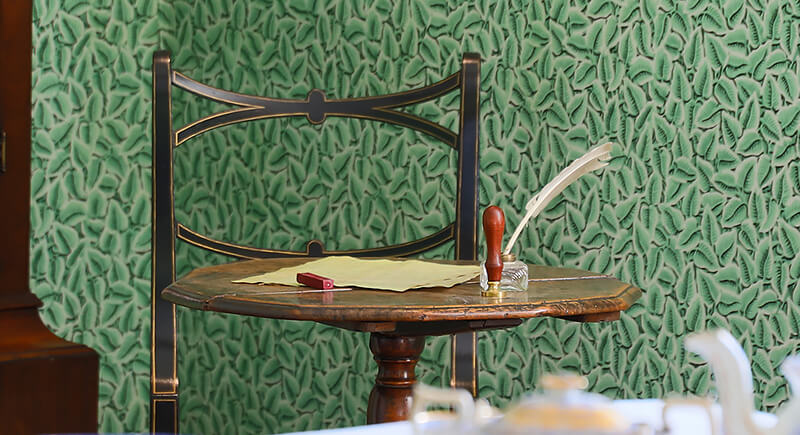
The small wooden table stands near a window in Hampshire. Austen wrote several novels there, including Sense and Sensibility. Its size suggests limited space and privacy, yet her words reached far beyond that room. Museum staff have kept the table carefully and have left its surface marks visible.
Tutankhamun’s Gold Dagger
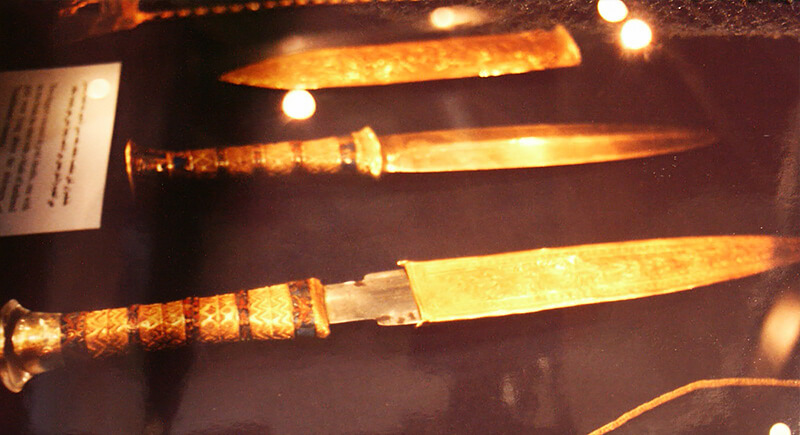
Found in 1922 by Howard Carter, Tutankhamun’s gold dagger contains iron believed to have come from a meteorite. Its sheath is decorated with intricate patterns that catch light today. If you happen to visit the Egyptian Museum in Cairo, make sure to notice how sharp and intact it is despite the centuries.
Albert Einstein’s Brain Tissue
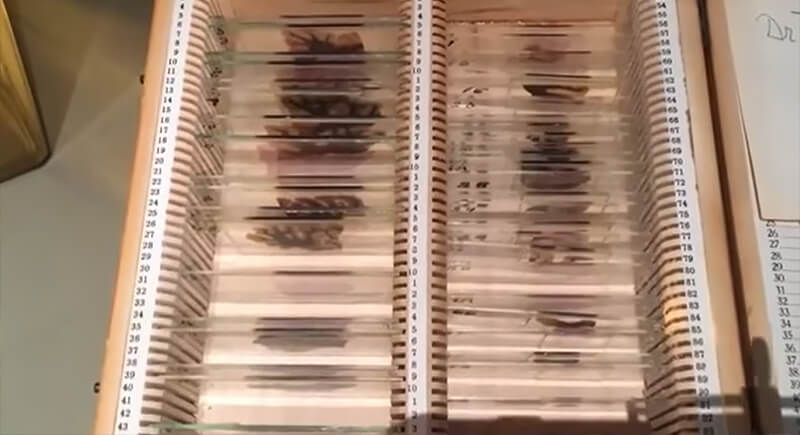
After Einstein died, scientists cut his brain into more than two hundred sections to study how it was built. One of those small pieces sits on a thin glass slide at the Mütter Museum in Philadelphia. Under the bright light, it looks simple and pale, with nothing unusual to see. The display makes a clear point: physical tissue alone cannot explain extraordinary thinking.
Mary Queen Of Scots’ Lock of Hair

A framed lock of hair believed to belong to Mary Queen of Scots was sold at auction in 2008. The strands appear dark, slightly faded by time. This small relic has survived political turmoil, personal loss, and centuries of collectors. Its preservation offers a direct physical connection to someone discussed only through written records.
Napoleon Bonaparte’s Bicorne Hat
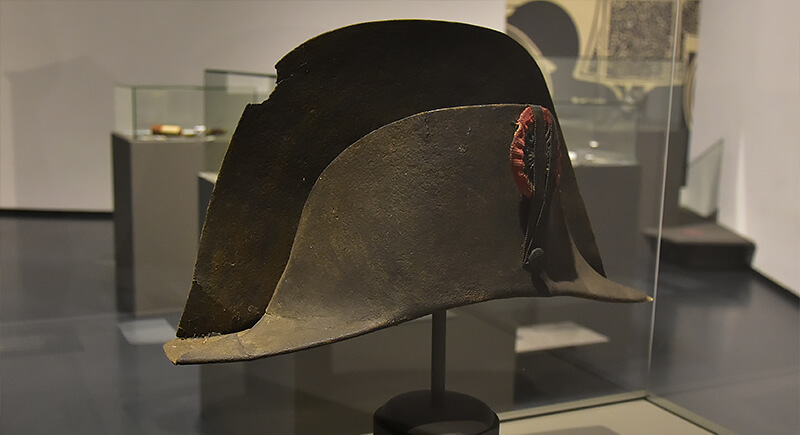
We all know Napoleon is remembered for his strategy, but his look on the battlefield was deliberate, too. He wore his bicorne hat sideways so troops could spot him in the chaos. The wide shape stood out among rows of uniforms, a small visual choice that helped him command attention without speaking.
Abraham Lincoln’s Pocket Contents
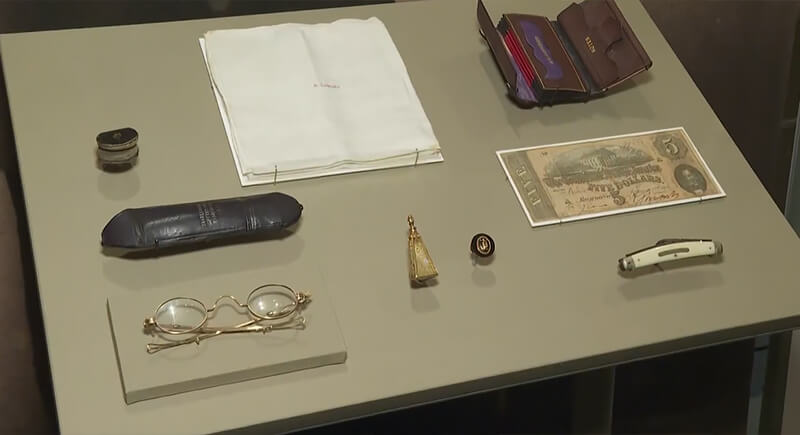
Remembered for ending slavery, Abraham Lincoln also left behind objects that feel strikingly ordinary. The Library of Congress displays what he carried on the night of his passing: thin-framed glasses, a pocketknife, a folded handkerchief, and a five‑dollar Confederate bill in his wallet. Newspaper clippings praising him were also present.
Mary Todd Lincoln’s Dress
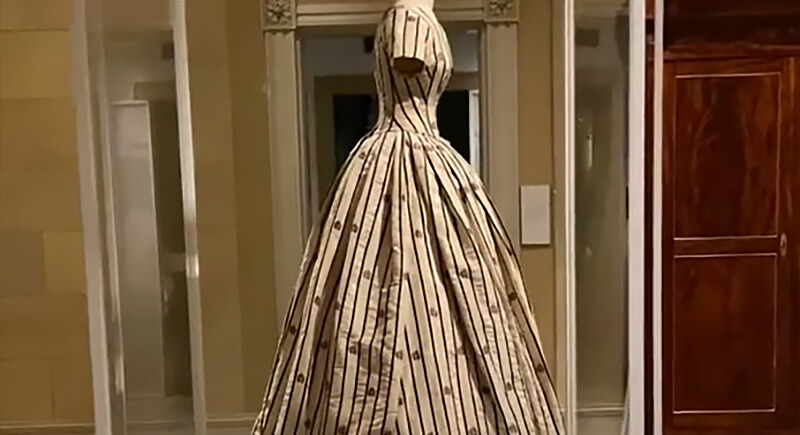
You can see this gown today at the Met Museum in New York, where it is preserved behind glass. Elizabeth Keckley, once enslaved and later a sought‑after dressmaker, crafted it with remarkable skill. Later, Mary Todd Lincoln wore it at White House gatherings attended by political leaders and dignitaries.
John Wilkes Booth’s Boot
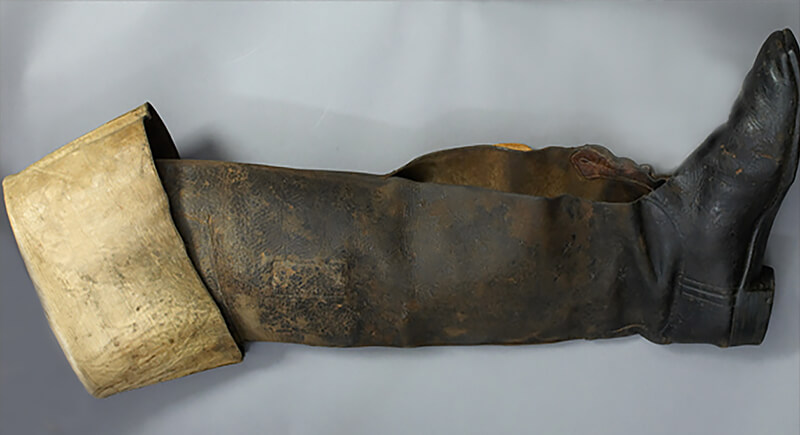
Authorities recovered John Wilkes Booth’s boot after a search led them to the home of Dr. Samuel Mudd, who had treated Booth’s broken leg. Mudd had cut the boot away and hidden it under a bed, unaware it would become key evidence. The boot’s discovery tied Mudd directly to Booth’s flight, which fueled suspicion and led to his later conviction.
Jackie Robinson’s Dodgers Jersey
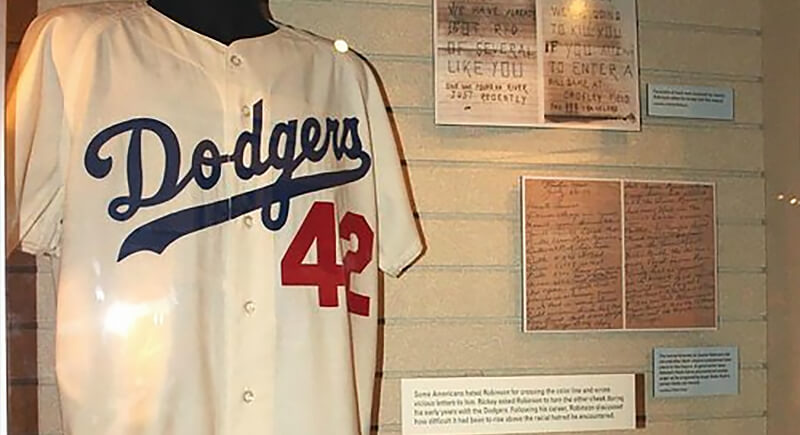
If you are a sports fan, seeing Jackie Robinson’s jersey is unforgettable because it connects the game to a larger story. The jersey hangs in a climate-controlled case at the National Baseball Hall of Fame. Robinson wore it in 1947, the season that shattered baseball’s color barrier.
Sigmund Freud’s Couch
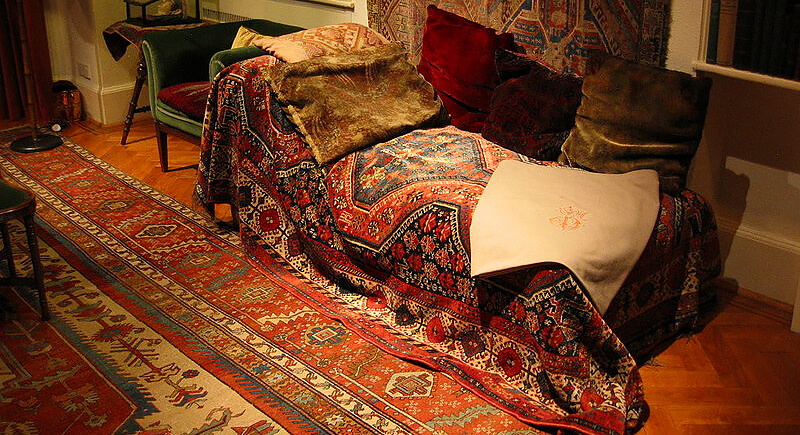
Patients once lay on Freud’s couch and spoke freely about memories, fears, and dreams while he listened from his chair just out of sight. The couch, covered in heavy textiles and layered cushions, remains in his former London home. His shelves of books and collected objects surround it.
Harry Houdini’s Straitjacket

People in the audience would gasp as Houdini dangled high above them, twisting and contorting until restraints gave way. A heavy straitjacket made of thick canvas and reinforced buckles was central to those performances. Even now, the thick canvas straps hold strong despite age.
Queen Victoria’s Wedding Dress

White silk satin panels of Queen Victoria’s wedding dress fall into a wide skirt, and fine lace still outlines the edges with clear detail. The seams show intricate hand stitching that has lasted through time. Queen Victoria wore the gown in 1840, and its style shaped many weddings after hers.
Anne Frank’s Diary
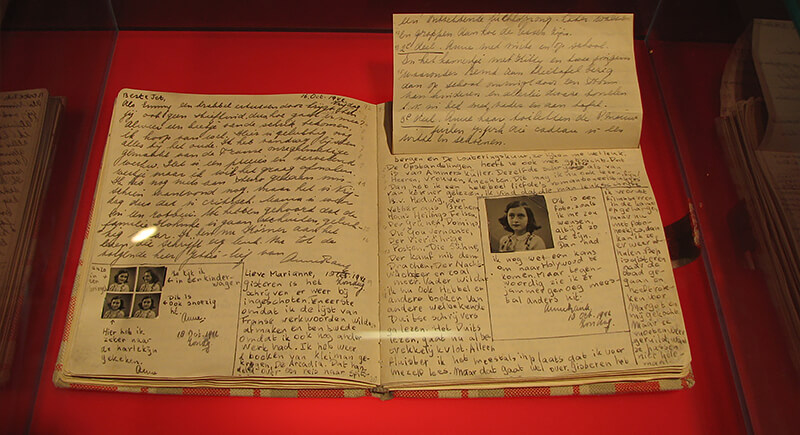
Everyone knows Anne Frank’s story through books and lessons, but seeing her actual diary makes it feel closer. The red‑and‑white checked cover protects pages filled with her neat handwriting written while hiding. Visitors often wait patiently to view this small book that has seen tough times and upheaval.
Mahatma Gandhi’s Bedroom Items
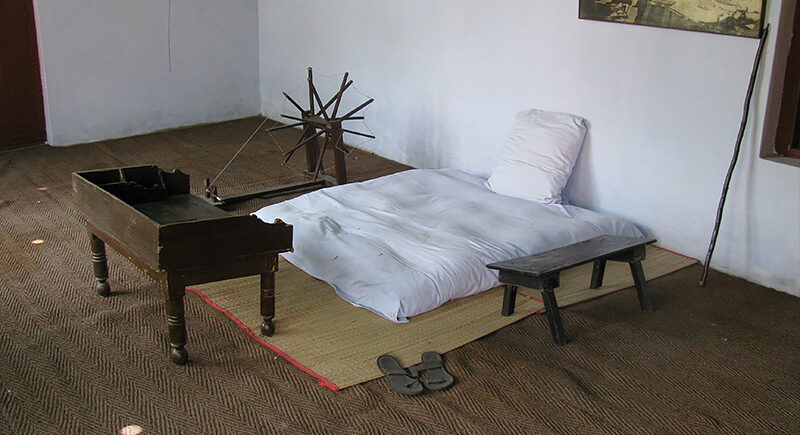
In Delhi, Gandhi’s final residence displays his simple belongings, which include a spinning wheel, round glasses, and worn sandals resting on a low table. Meanwhile, the room remains arranged exactly as it was on the day he died and allows people to step into a space that reflects his practical routines and modest way of living.